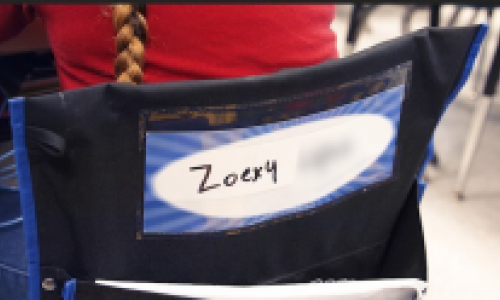Quiz: Learning Students' Names

This quiz is part of the Learning Students' Names professional learning module from Colorín Colorado.
Professional learning credit
- A downloadable certificate for 1 hour of professional learning is available after completing this quiz.
- You must most responses correct to get access to the certificate. There is no time limit for the quiz and it can be retaken as needed.
